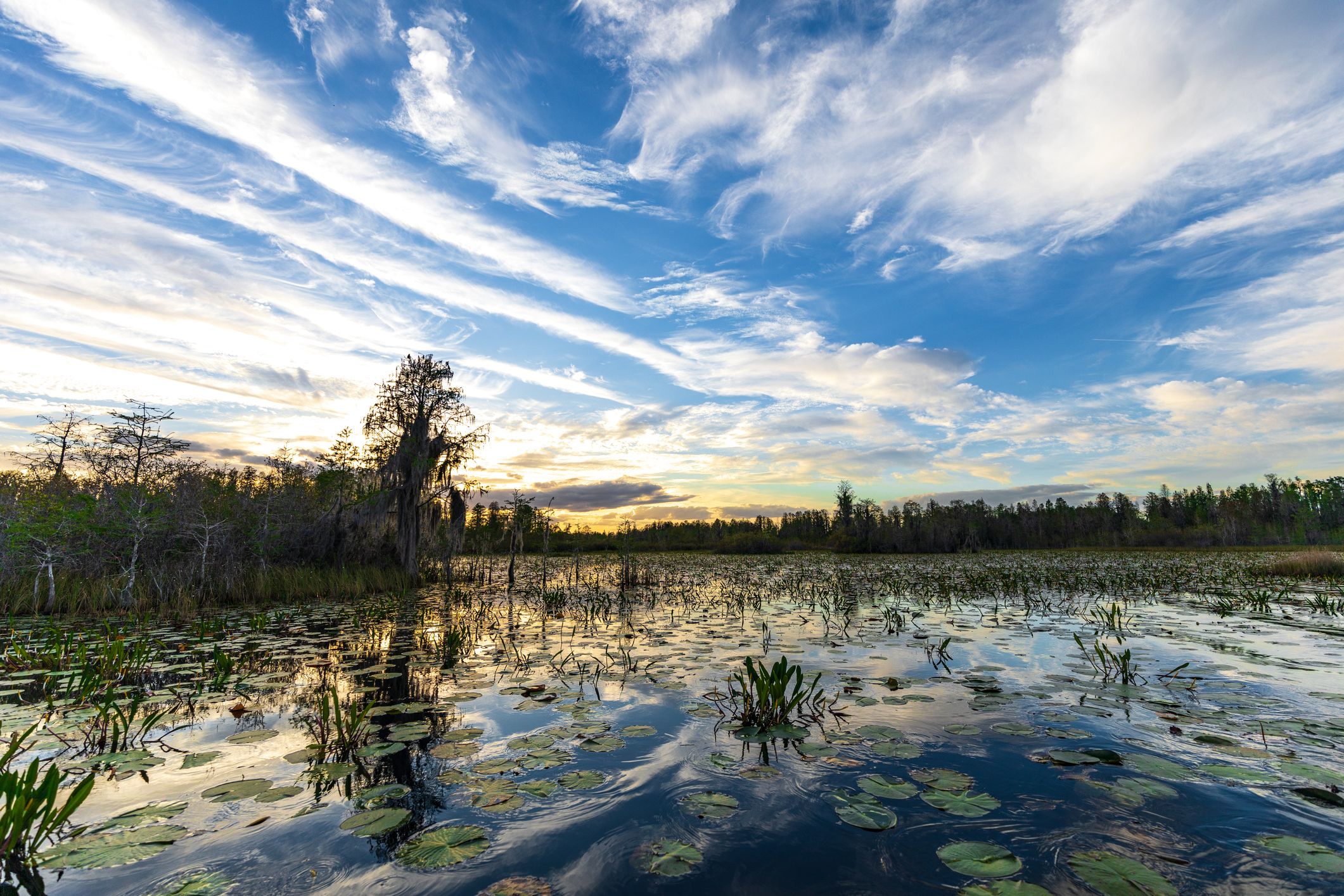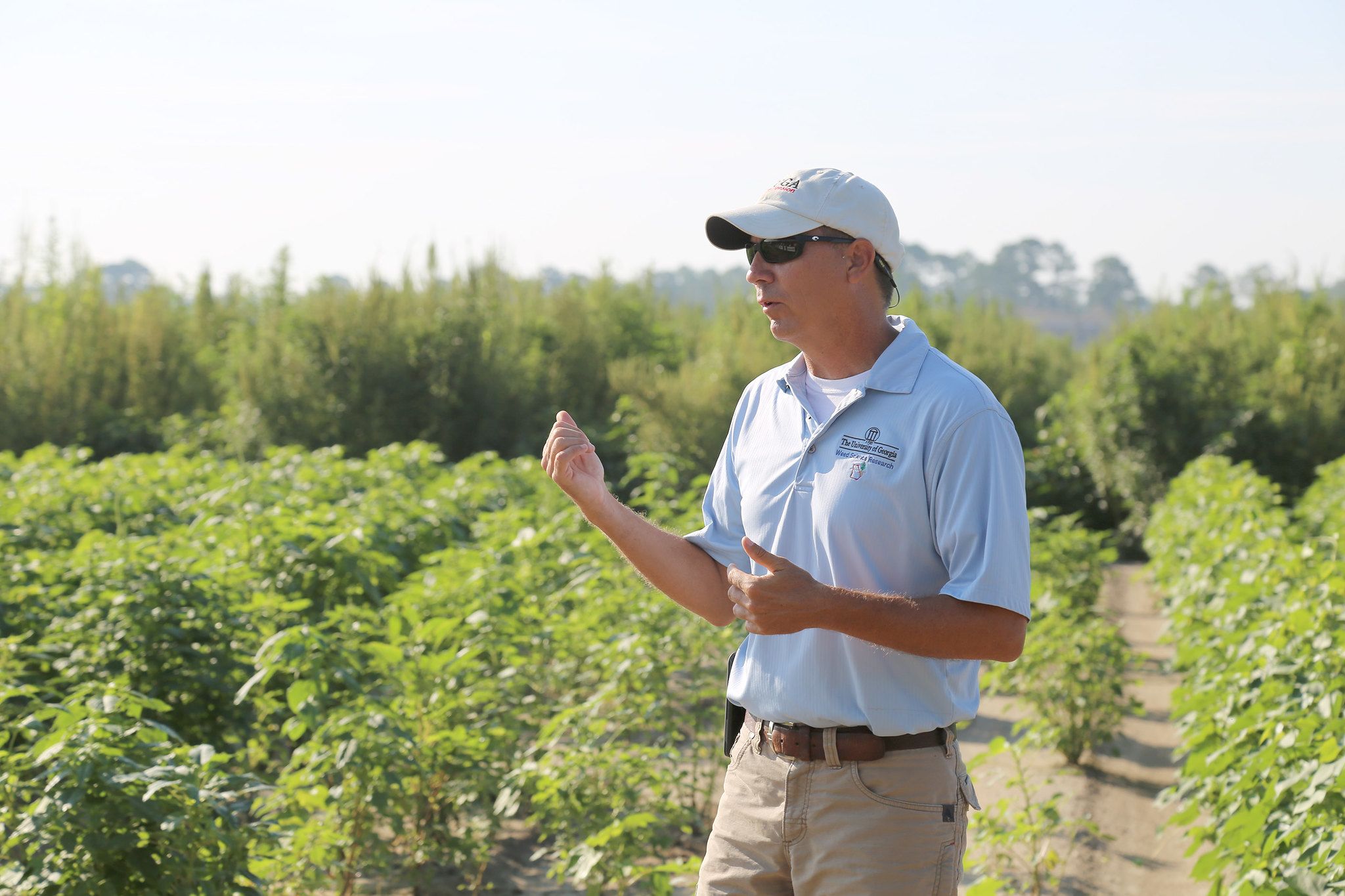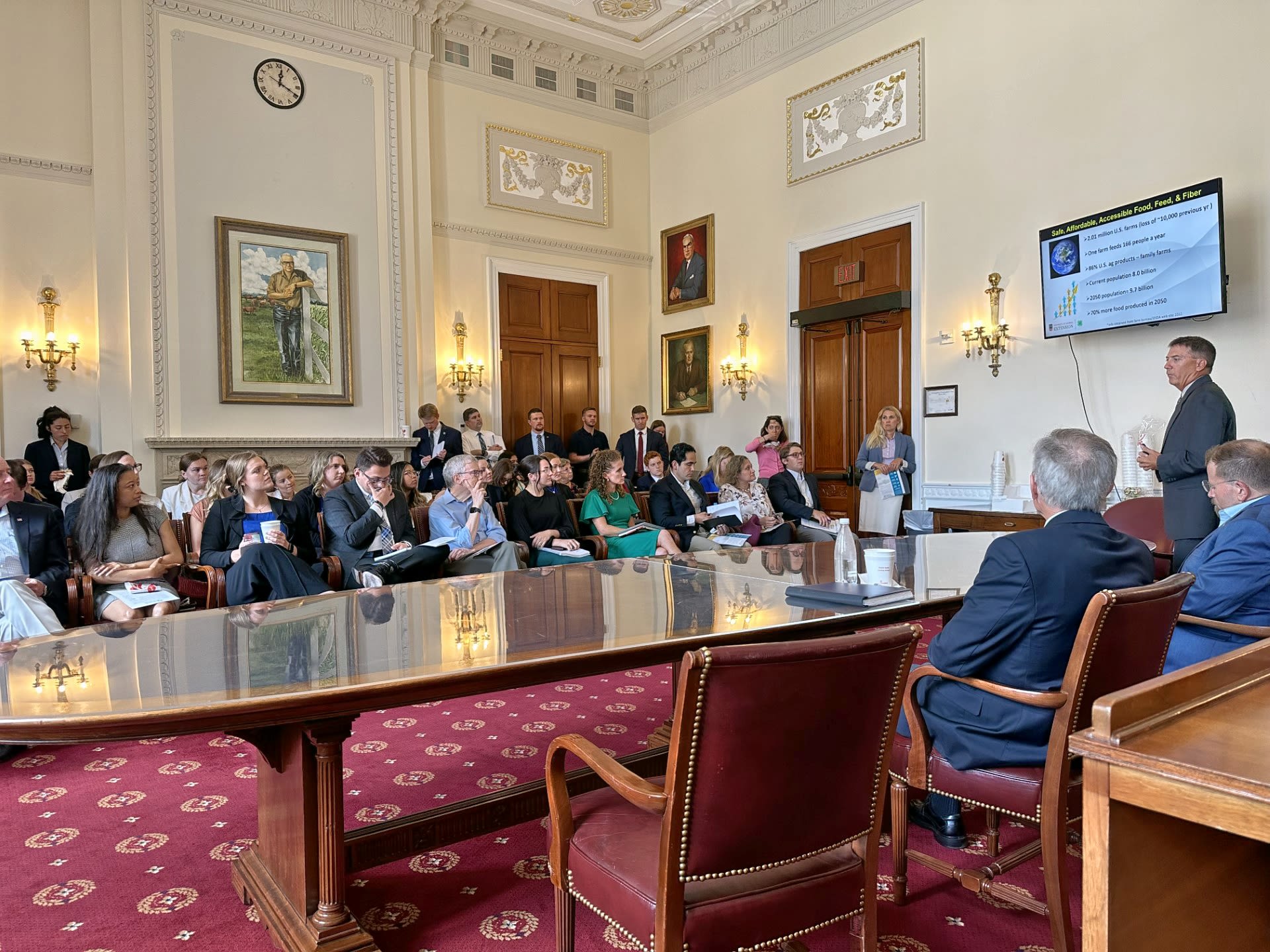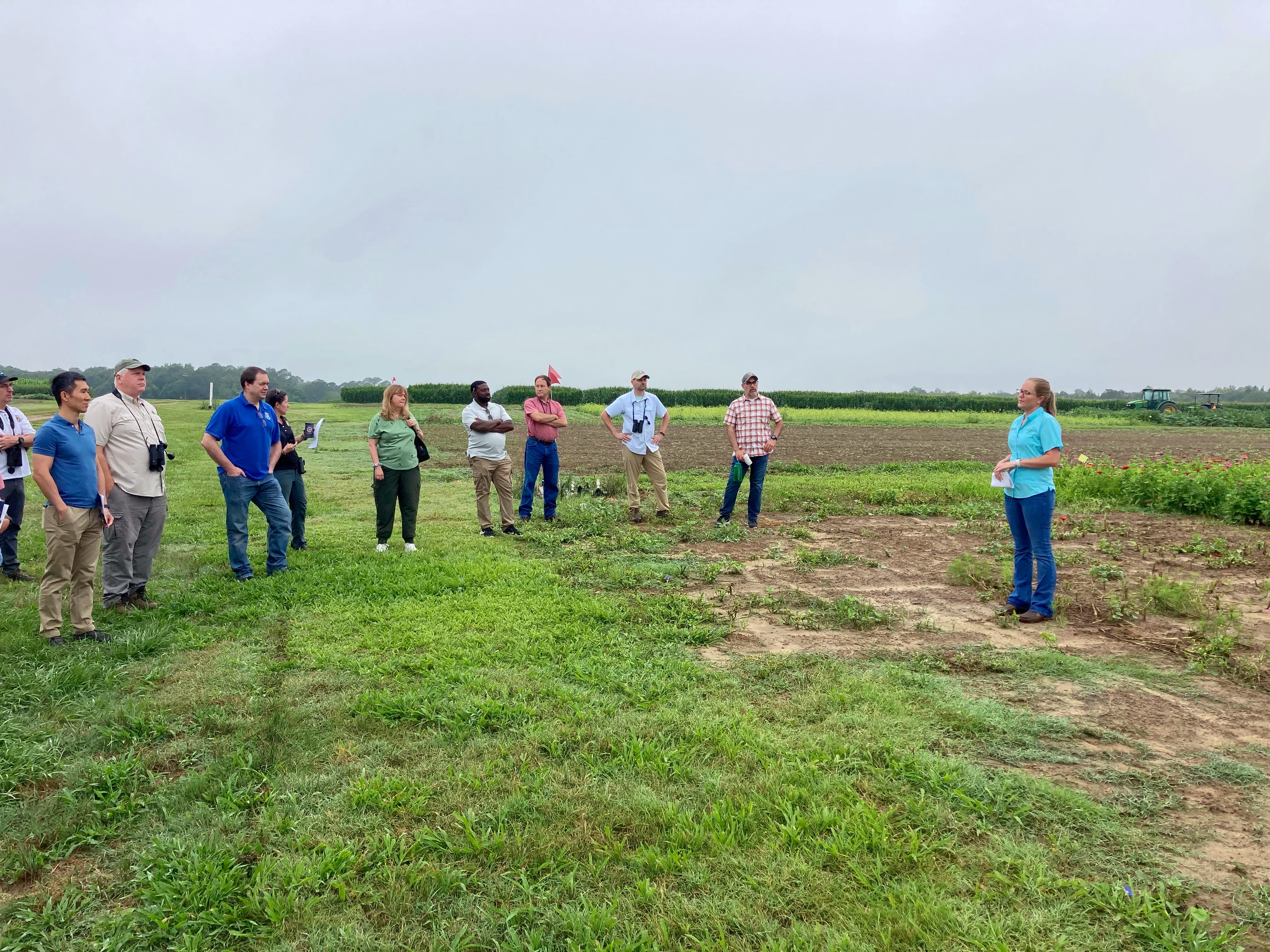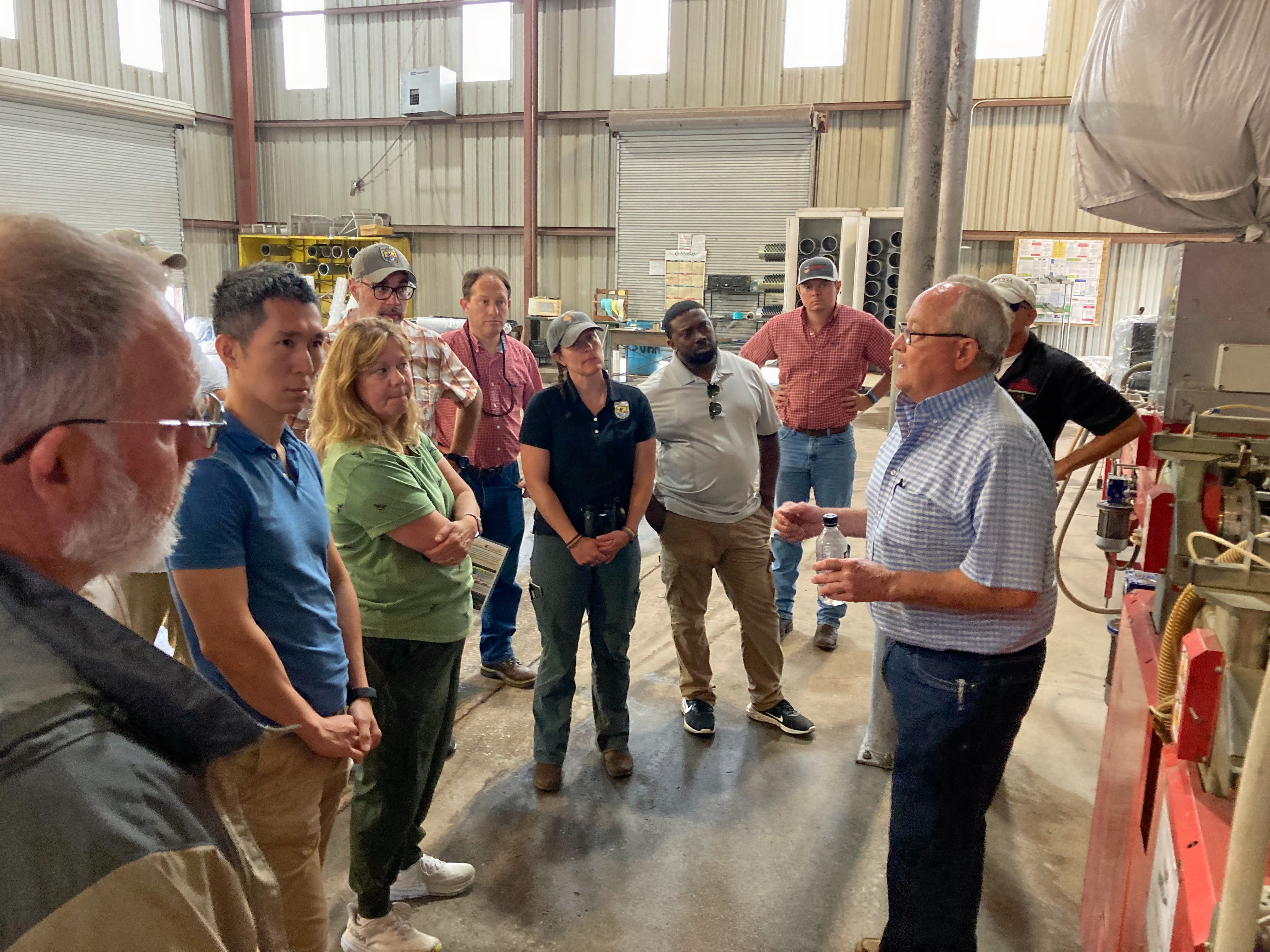UGA Extension protects family farms and sensitive species
Working together with regulators, University of Georgia College of Agricultural and Environmental Sciences faculty help farmers navigate changing laws for sustainable land stewardship
by Emily Cabrera
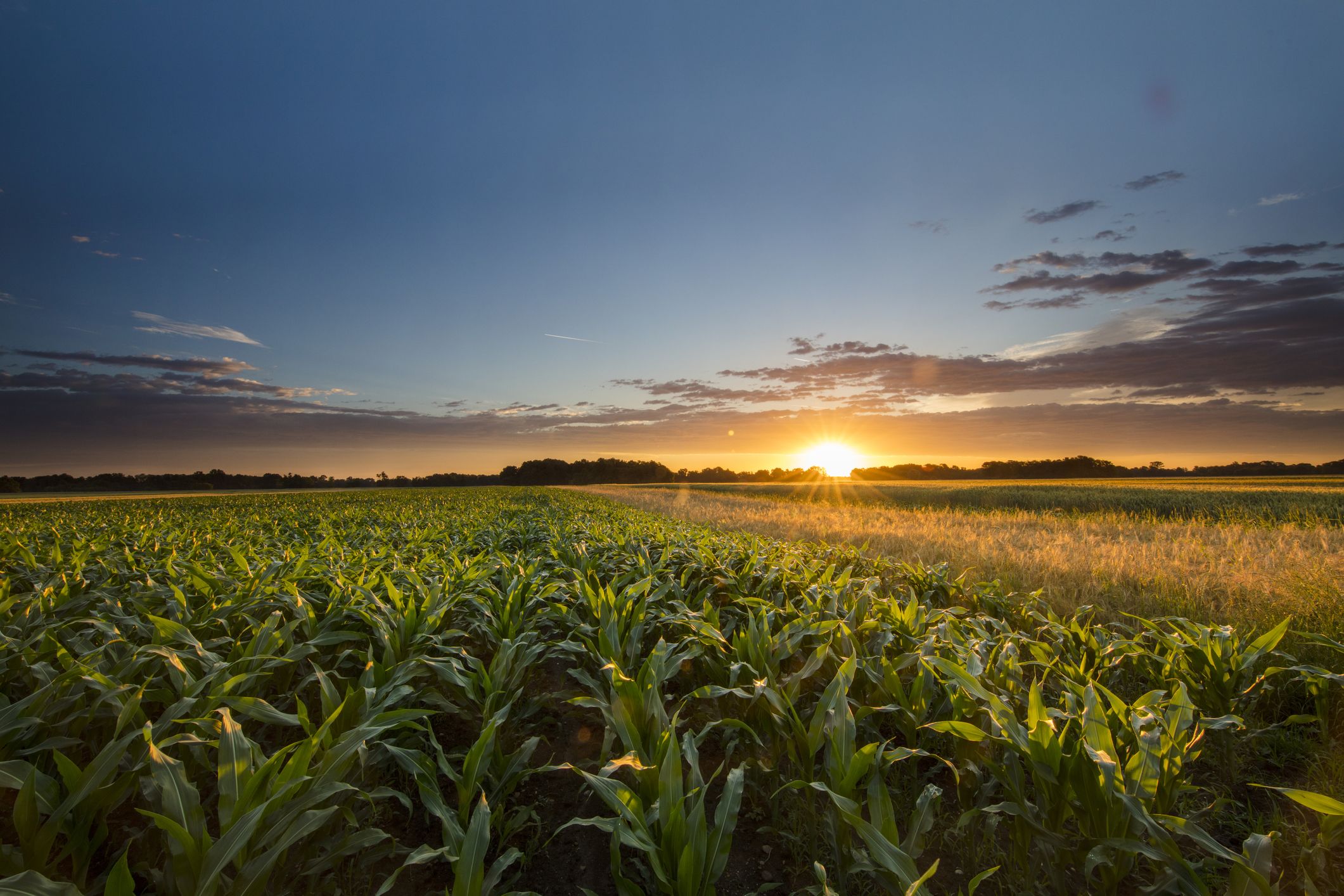
Stanley Culpepper has dedicated the length of his career to supporting farmers in their mission to feed and clothe the world.
A weed science specialist for University of Georgia Cooperative Extension for the past 25 years, Culpepper believes his success is inextricably tied to his strong relationships with the growers and Extension agents he serves.
As a College of Agricultural and Environmental Sciences (CAES) faculty member, Culpepper’s efforts focus on helping growers provide safe, affordable and accessible food, feed and fiber that we all depend upon.
Recently his job has become increasingly complex as mounting challenges around the availability of pesticides — primarily herbicides — have taken center stage in agricultural production. Over the past three years, restrictions on pesticide use have ramped up.
Last year, proposed regulations threatened to remove the practical use of many of the most effective herbicides commonly used in commercial agriculture, which Culpepper said would be disastrous for farmers throughout the United States.
For 25 years, Culpepper has worked directly with farmers to help them improve their production practices and better steward the pesticides used on their farms.
For 25 years, Culpepper has worked directly with farmers to help them improve their production practices and better steward the pesticides used on their farms.
Under the Federal Insecticide, Fungicide, and Rodenticide Act, the Environmental Protection Agency (EPA) must carefully consider the potential impact any given pesticide may have on endangered and threatened species within the state where the chemical is registered for use.
The present dilemma farmers face arose from the EPA's failure to meet the regulatory requirements of the Endangered Species Act (ESA). The agency has suffered repeated legal challenges and significant losses in court. In response, regulators are now making swift, often drastic changes to the rules dictating pesticide use, which if ignored could lead to the removal of many pesticides through court decisions, said Culpepper.
The real challenge isn't due to a lack of effort from the EPA or growers, he explained. Navigating the laws outlined by the ESA is particularly complex alongside evolving restrictions on pesticide use.
Staying on target
“Our growers are true environmentalists and stewards of the land, considering the consequences of every action they take,” Culpepper said. “They show up to production meetings, not because they don’t understand how to grow their crops, but to stay up-to-date on the latest research-based information and to receive guidance from specialists on production practices and regulatory changes they’ll be required to comply with each season.”
Culpepper said recent court decisions have drastically changed the agricultural landscape, and the path forward requires addressing many layers within the agri-environmental system.
First and foremost, protecting farms and sensitive species requires ensuring growers stay on target when applying pesticides within their farms, Culpepper said. Through a collaborative program called Using Pesticides Wisely, the Georgia Department of Agriculture (GDA) and UGA Extension faculty members provide annual training events to update farmers on the latest research-based production practices helping them continue improving on-target pesticide applications.
At the 2024 Cotton Commission Conference, Culpepper shared that more than 17,000 individuals have taken the training since 2014 and, as a result, Georgia has seen a 90% reduction in off-target pesticide drift complaints made to Cooperative Extension – among the lowest in the country.
Mapping farmland and critical habitats
Ensuring pesticides are applied on target and stay there is critical in protecting endangered and threatened species, Culpepper said. Moving forward, it will be imperative to understand the overlap of farm fields treated with pesticides and where these sensitive species and their habitats are located.
“Knowing species locations relative to farm fields treated with pesticides allows us to develop effective mitigation and management plans to minimize pesticide movement beyond fields to safeguard both species and farms,” Culpepper explained. “These mitigation measures are important, but must be dynamic, scientifically supported and adaptable to individual farm situations. It’s not a one-size-fits-all approach.”
Taylor Randell-Singleton is an Extension sustainability specialist and assistant professor in the Department of Crop and Soil Sciences at UGA. Her work revolves around sustainable cropping systems with an emphasis on pesticide stewardship.
Since 2020, she has worked with the U.S. Fish and Wildlife Service to begin mapping endangered and threatened species and their critical habitats throughout Georgia to study their spatial relationship to pesticide use sites and cropland across the state.
As an active Weed Science Society of America member, she serves on the Endangered Species Act Committee. Georgia currently has 78 listed species, with a majority of the 159 counties containing at least one of the listed species. Listed species include mammals, birds, reptiles, amphibians, fish, insects and plants.
Randell-Singleton said her work with the Fish and Wildlife Service will shape future procedures for all pesticides — and eventually rodenticides, insecticides and fungicides.
“A better understanding of the overlap of pesticide use and listed species habitat will ensure that we not only have the knowledge needed to protect these sensitive species but also that growers have access to the products needed to protect their crops,” she emphasized.
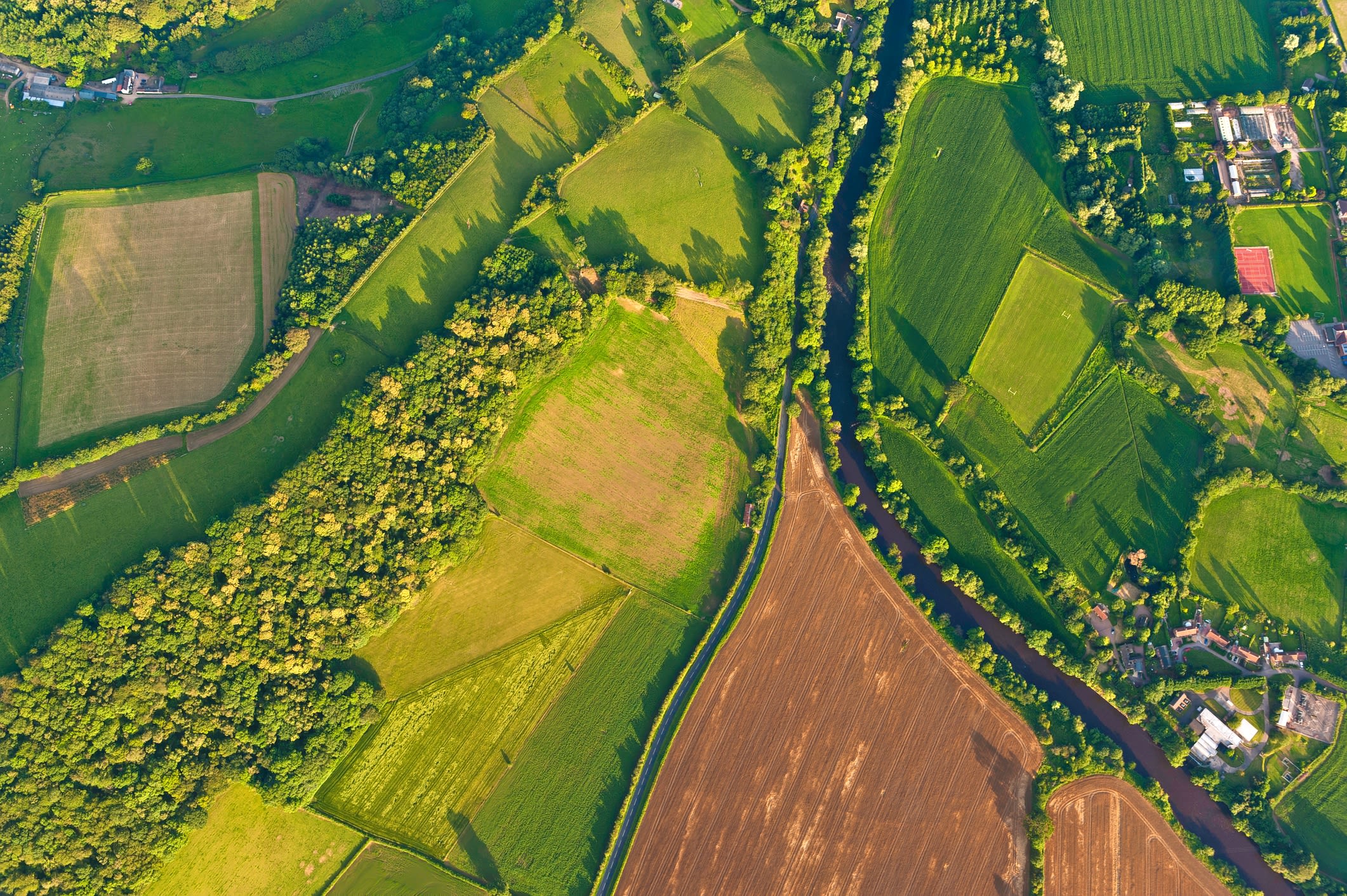

Consequently, it is crucial to effectively translate the science to regulators and lawmakers, as future policies will determine which tools and practices are used in production agriculture, Culpepper said.
In November 2023, Culpepper, Randell-Singleton and fellow Weed Science Society of America members spoke to lawmakers in Washington, D.C., regarding their work documenting the importance of herbicides in protecting family farms. Currently, one family farm feeds more than 166 people a year.
“If we don’t get involved, the tools that many of us have spent our careers developing and helping implement are either going to be gone or altered to the point that they are no longer practically useful,” Culpepper said. “Weed scientists across the country are working hard to find alternative management tactics to control weeds across a plethora of cropping systems, but in large-scale agriculture in the Southeast, they’re simply not yet good enough to replace chemical inputs completely. We have to keep herbicides in the toolbox while we work hard building alternative systems. We can’t just drop and replace, and we can’t do it alone; we need to do it collaboratively.”
Culpepper met with lawmakers last November to share research on the safety of critical herbicides in agricultural production and the positive results of the Using Pesticides Wisely training in reducing pesticide drift.
Culpepper met with lawmakers last November to share research on the safety of critical herbicides in agricultural production and the positive results of the Using Pesticides Wisely training in reducing pesticide drift.
Partnering up
To address the court’s recent actions, UGA Extension, Georgia farmers and the Georgia Department of Agriculture are collaborating with the Fish and Wildlife Service and EPA as part of Georgia’s Endangered Species Act Pilot Program.
Having regulatory partners interact directly with growers on the farm is powerful because it not only helps regulators better understand how and why pesticides are being used, but the approach also helps farmers understand the challenges regulators face when registering or re-registering pesticides, creating a symbiotic relationship, Culpepper said.
For example, regulatory agencies often use excessive rates in their ESA models compared to actual field application rates. Demonstrating realistic usage rates to regulators allows them to assess potential risks to endangered species more accurately.
Randell-Singleton helps regulators understand agricultural production in Georgia through collaborative workshops with farmers.
Randell-Singleton helps regulators understand agricultural production in Georgia through collaborative workshops with farmers.
Regulators from the EPA and Fish and Wildlife Service visit with farmer Bart Davis in Colquitt County. Davis is the chairman of the Georgia Cotton Commission and was named 2023 Georgia Farmer of the Year.
Regulators from the EPA and Fish and Wildlife Service visit with farmer Bart Davis in Colquitt County. Davis is the chairman of the Georgia Cotton Commission and was named 2023 Georgia Farmer of the Year.
Bill Brim, co-owner of Lewis Taylor Farms, leads regulators on a tour of the farm, which began operations in the 1930s as a transplant producer for the Southeast. Today Lewis Taylor Farms is one of the largest privately owned vegetable and greenhouse operations in the region.
Bill Brim, co-owner of Lewis Taylor Farms, leads regulators on a tour of the farm, which began operations in the 1930s as a transplant producer for the Southeast. Today Lewis Taylor Farms is one of the largest privately owned vegetable and greenhouse operations in the region.
Sustainable farming
Another critical challenge is the overwhelming misconceptions among the public about conventional farming practices, particularly regarding pesticide use and land stewardship, Randell-Singleton said. Having grown up on a family farm, she attests that, for most farmers, the land is their family heirloom and they’re committed to preserving it for future generations.
“It's frustrating to hear outside conversations painting farmers as careless,” she said. “But I believe there's a unique opportunity here, one that I'm passionate about addressing through research and Extension outreach to bridge the gap in understanding.”
Taylor Randell-Singleton, UGA Extension sustainability specialist
Taylor Randell-Singleton, UGA Extension sustainability specialist
Many farms incorporate traditional sustainability practices, such as cover crops and conservation tillage, which contribute to their long-term sustainability, she said.
These practices support the health of the land and natural resource quality, ensuring productive farmland for years to come.
In addition to her work with ESA mapping, Randell-Singleton’s research focuses on sustainable cropping systems that prioritize pesticide stewardship and improve the environmental footprint of farms while supporting their economic objectives.
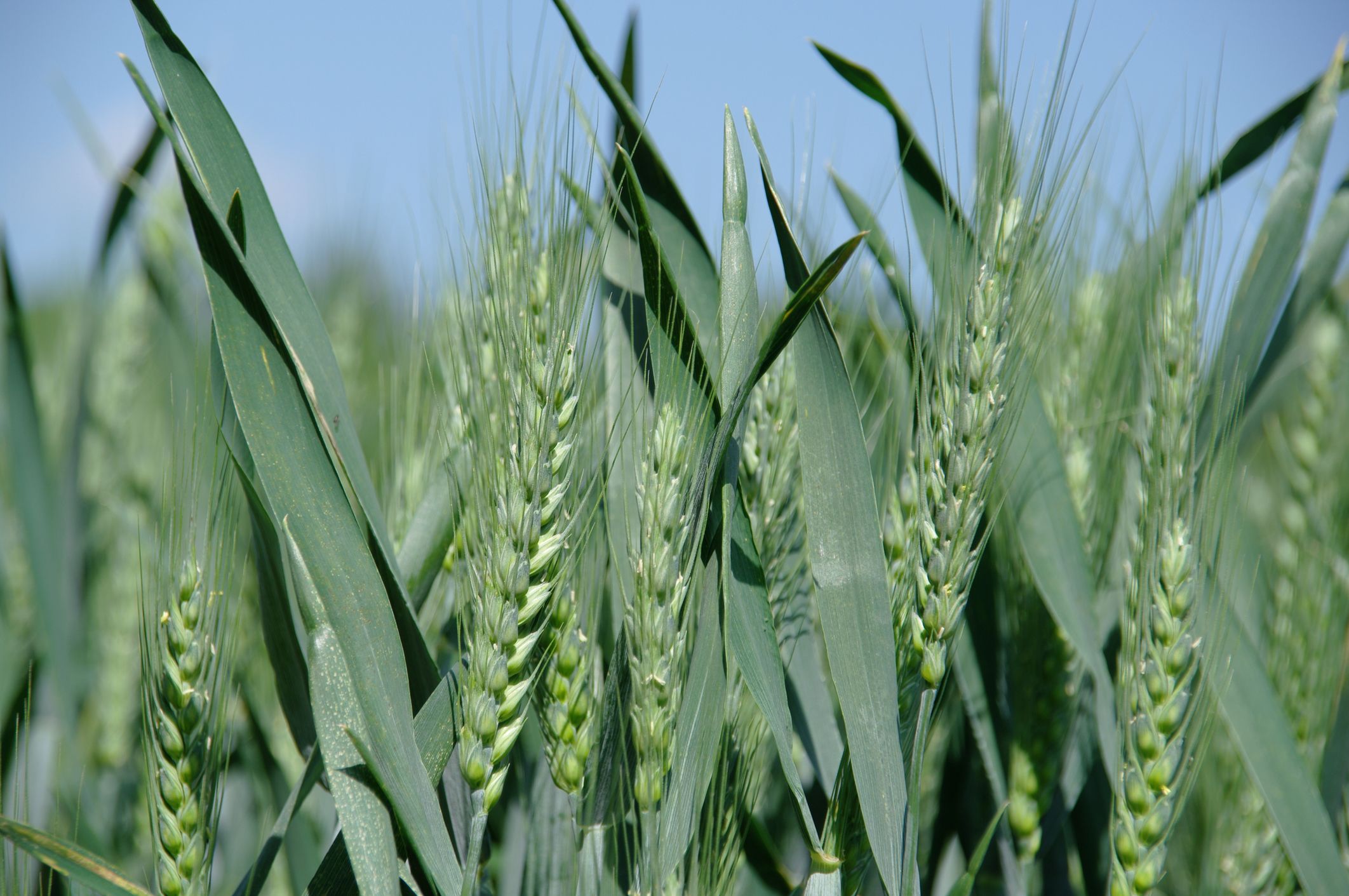
Culpepper and Randell-Singleton said the concept is straightforward.
If we don’t protect endangered and threatened species from pesticides, there will be no pesticides to speak of. But, on the flip side, if there aren’t economically effective pesticides in the toolbox, there won’t be farmers, at least in the Southeast.
“While this has been a difficult time for so many growers, I do see a potentially positive outcome that can come from this challenge,” said Culpepper.
“The relationships being built, the science being generated, and the outreach to share improved methods for stewarding pesticides has the potential to make us all better in the long run. I truly believe that, by working together with our regulators, we can strengthen our scientific methods and forge a solid path forward where everyone wins.”
News media may republish this story. A text version and art are available for download.
